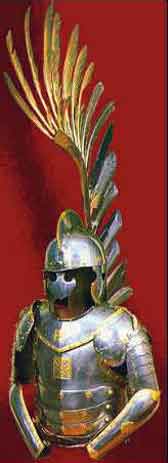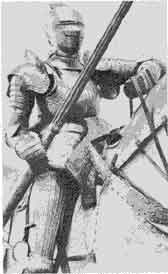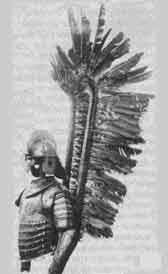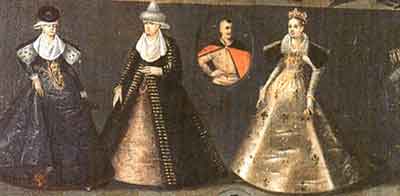- The
nobility was a privileged social class, usually the feudal land owners,
which emerged in feudal countries in 13th - 14th century, originating
from the knighthood.
- The
transformation of the knights into nobility in Poland, called "szlachta",
occurred in the 14th - 15th century.
- Polish
nobility was unique in that it followed none of the laid down rules
observed by the western herald. The Polish nobility emerged as
a
clan system before 1000 AD. Each clan had its own mark which eventually
evolved into the symbols found on Polish coats of arms.
- Membership
into this elite group was attained through either "valorous deeds
on the field of honour", or by adoption. In Poland only the nobility
were permitted to bear a coat of arms (herb). The noble class became
land owners.
- The social class of szlachta took over the old knightly privileges. It was an exclusive class in which all members were considered equal. The King having been elected by "szlachta" for the term of his life was considered to be "the first among equals".
 |
Armour
with a wing of a Polish knight-hussar |



 Unlike
western knights the Polish knight swore no fealty to an overlord but
regarded himself rather as the defender of the Polish Commonwealth,
its people and the Christendom. The Patron Saint of many Polish knights
was the "Black Madonna" of Czestochowa.
Unlike
western knights the Polish knight swore no fealty to an overlord but
regarded himself rather as the defender of the Polish Commonwealth,
its people and the Christendom. The Patron Saint of many Polish knights
was the "Black Madonna" of Czestochowa.
